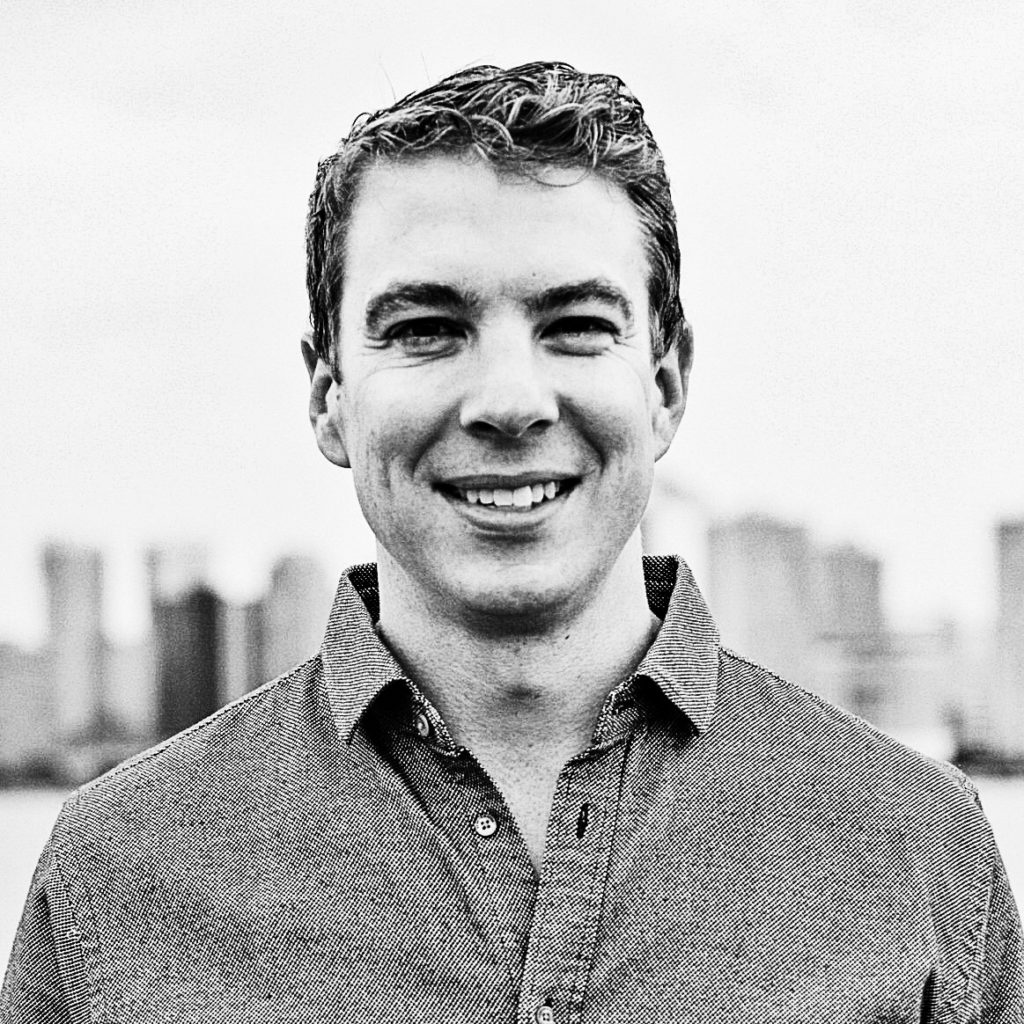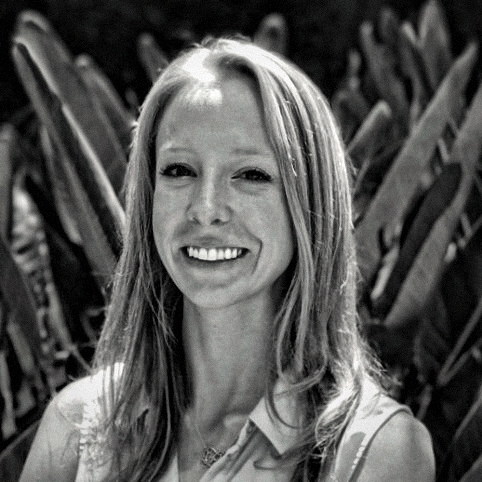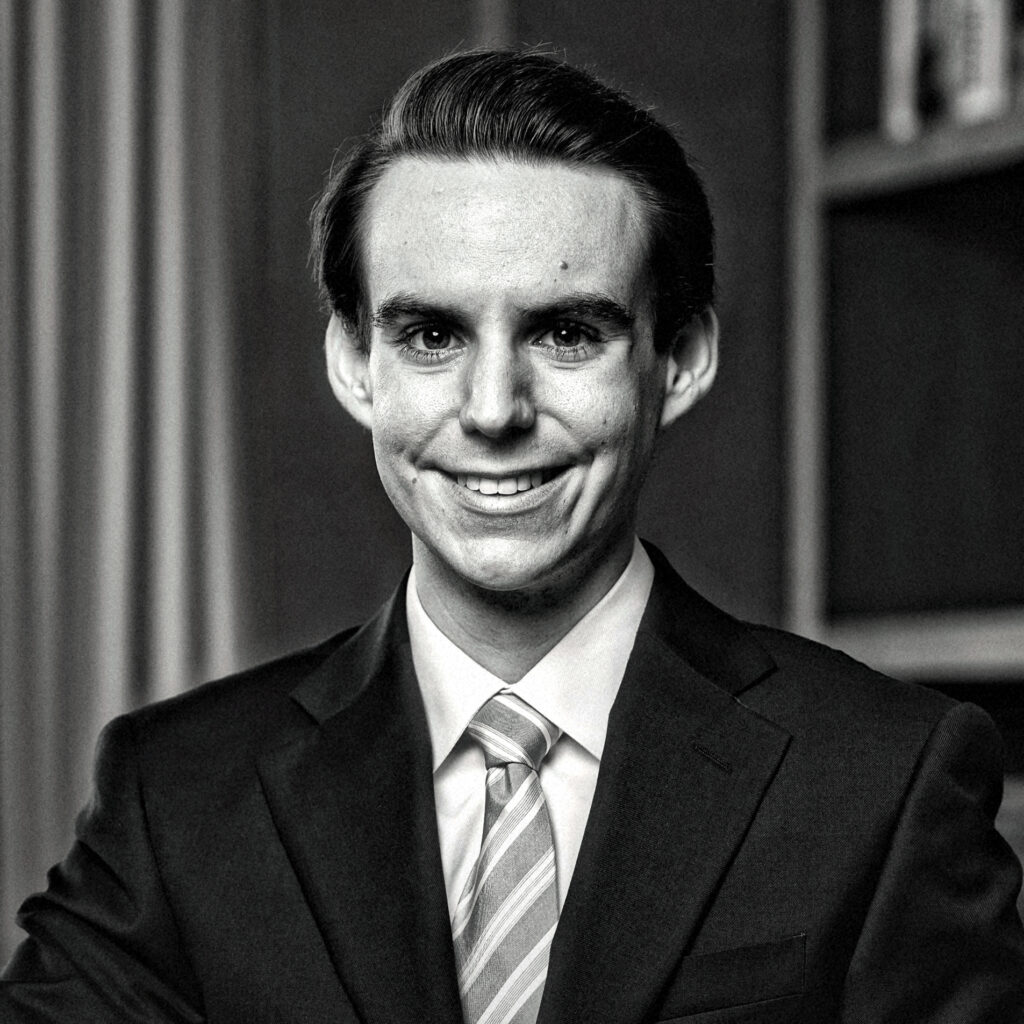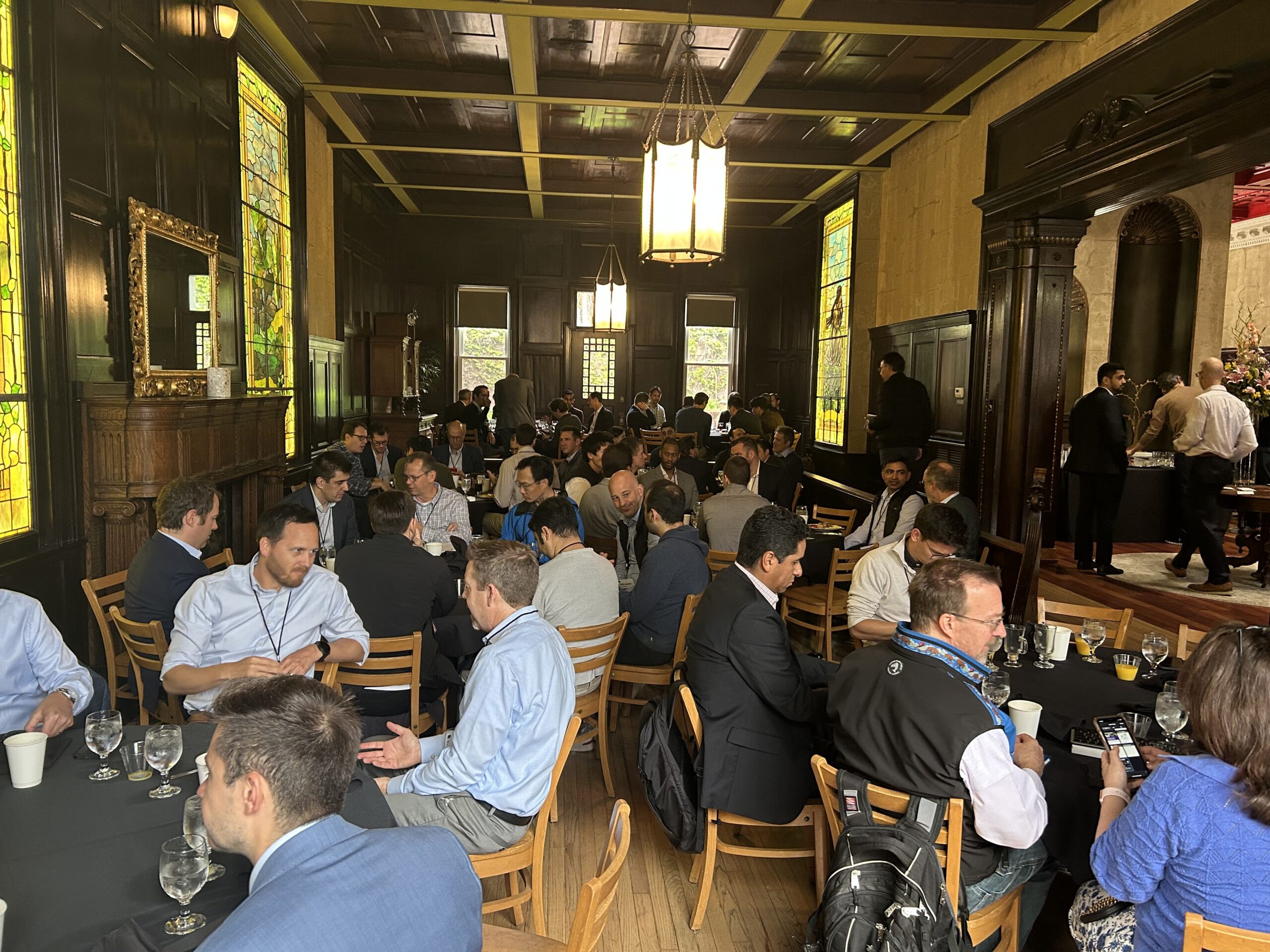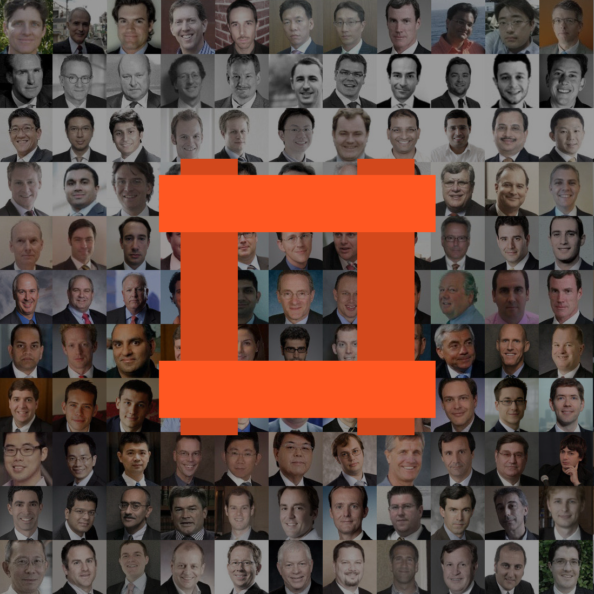This article is authored by MOI Global instructor Brian Pitkin, Managing Member of URI Capital Management, based in Indianapolis.
We remain steadfast in our belief of the value of JP Morgan and Bank of America as superior long term investments for our partnership. They have the scale, best in class deposits, and breadth and depth of consumer, commercial and institutional products and services to continue market share gains. They continue to maintain record high levels of both capital and liquidity and they each have much more earnings power in front of them than behind them. They are enduring businesses investing aggressively for the future all while posting record earnings and strong returns. And, they are each still trading at only just above 10x earnings (JP Morgan) or just below 9x (Bank of America) coming year 2019 earnings. They remain our top two holdings by a wide margin.
We now however want to talk about our thoughts on the banking business more broadly. While there are countless variables in the banking business, we will touch on a few that will have outsized impact on long term value creation: deposits, scale, reach and diversity. We will discuss the sea change in capital and liquidity levels throughout the banking system which now provide an undeniably strong foundation to invest upon. We will also touch on a couple risks to pay particular attention to in this still historically low rate environment.
Deposits
Deposits are a key fuel source for value creation in banking.
Deposits show up, appropriately, on the liability side of a bank’s balance sheet. In contrast to their accounting however, a low cost deposit franchise is a bank’s single greatest asset, not a liability.
The cost and stability of funding is the most significant long run differentiator in the banking business. No other funding source comes close to the long run advantages of having a low cost and stable deposit franchise. It is often stated that online lenders “can” give consumers higher deposit rates because they lack the costs associated with a branch banking system. This is a total misunderstanding of what it means to have a high cost versus a low cost deposit franchise. Those that provide higher deposit rates do so because they have to in order to attract deposits.
High deposit rates are a sign of deposit franchise weakness, not strength. And being able to attract and grow deposits while paying essentially nothing is a sign of great franchise strength.
In a world of still historically low interest rates, the value of best in class deposit franchises is not fully “seen” in reported results or bank valuations. With rates low across the spectrum and financing markets highly accommodative, investors are blinded to the intrinsic value of strong deposit franchises. But just because their value is not “seen” today does not mean the value is not there.
Scale
Scale brings significant advantages in banking. Scale brings the resources needed to fully accommodate the costs and complexities of technological and regulatory change. And regulation, over the long run, tends to favor scale and incumbency, even if that is the opposite of its original intent. By elevating the basic cost structure needed to operate and compete, regulation creates wider barriers to entry.
Who today can either start from scratch or combine existing businesses to form a new national or global banking giant? I would argue this cannot and will not happen for the foreseeable future. The largest franchises operating globally, even nationally, are protected by collective aversion to any new forms of bigness. In fact, the universe of globally capable banking franchises keeps getting smaller year by year. Formerly global giants are retracting towards home and pulling back from many of the products and services needed to fully satisfy a large multinational client. The universe of banks able to service global businesses across products and services has shrunk to a very small number creating a distinct long term advantage for those who remain.
It is also increasingly costly to be relevant to consumers and corporate clients, particularly from a technology perspective. The cost to compete for ease of use when it comes to consumer or commercial banking has risen dramatically in recent years. Consumers demand seamless technology that allows for in branch and branchless banking including full mobile banking services such as deposits and money transfers. Corporate technological demands are even greater.
It is no accident that the largest banks have grown in size and market share in recent years. They have the scale and resources to meet experience expectations while improving margins through operating leverage.
Reach
As economies and businesses continue to globalize, there are increasing competitive advantages to offering a full suite of products, services and geographies served.
If a multinational company wants to move money, store money, raise capital, manage risk and execute M&A across every major market in the world in every major currency around the world and wants to do it all with one bank, there are less than a handful of financial institutions that can serve those needs. Having that full suite of capabilities has become a distinct competitive advantage.
The universe of banks that can fully service those multinational clients has shrunk significantly since the crisis and continues to shrink as more and more global banks further retrench from certain products, services and geographies. The powerful competitive positioning of those who have maintained and grown their franchise is not fully apparent today given headwinds faced in the banking business but the power of these globally dominant franchises will ultimately shine through.
Now consider the small to midsized manufacturer who has a lending need. It would not be uncommon for as many as twenty lenders to be able to service that business ranging from a one branch community bank all the way to the local branch of a large money center bank with every iteration in between, including credit unions, local banks and regional banks. Many bank executives have gone on record to say that a middle market loan is not a profitable loan unless it is packaged with a range of other services a customer may need.
Part of the lack of attractiveness in that market stems from the low level of interest rates but much of the challenge also lies in the enormous number of potential lenders vying for a largely commoditized loan. To earn proper returns, a full suite of products and services must be provided to the middle market. And in much the same way, a retail consumer is much more profitable and also more likely to remain a client when an institution serves their checking account, savings account, credit cards, mortgage, investment advisory and maybe even their small business banking needs.
Great reach and scale bring the resources needed to stay at the forefront of bringing to bear all the technology and services small and large customers will increasingly demand. How can a one branch bank or even a large local bank keep pace over the longer term with the scale of dollars being spent on payments technologies, new state of the art ATMs, mobile banking, mobile deposits, digital banking, increased cybersecurity, increased controls, branch refurbishing, and all the new offerings that we have not even considered today? Scale matters for cost competitiveness and for keeping pace with business, technological and regulatory change. And a full breadth of products, services and geographies brings further competitive advantages in a world where many financial institutions are retrenching.
Diversity
An underappreciated benefit to a global banking business is the diversification that comes from providing a wide range of products and services to a wide range of customers and industries across a broad dispersion of geographies. A large money center bank should not carry undue exposure to any one industry, or to any one geography.
Large, deposit based franchises are better able to withstand geographic or industry specific challenges than those lenders with outsized concentration towards a city, town, state or region or any particular industry that will inevitably face their own economic cycle. Large banks also have exposure to a wide range of fee based businesses that ebb and flow at different times, and much of this fee based revenue is recurring in nature.
Capital and Liquidity
It is almost impossible to understate (1) the importance of capital and liquidity levels and (2) the dramatic change that has occurred with bank balance sheets. Capital levels are at their highest levels since the 1930s and liquidity levels are at levels never seen before.
These substantially higher levels of capital and liquidity across the banking system create a strong foundation for investment and provide a wide margin of safety against the inevitable unforeseen economic and financial disruptions.
In many cases, liquid assets comprise as much of 25% of total assets. Combining these enormous levels of liquidity with essentially no short term wholesale funding removes much of the shorter term liquidity risk that caused much of the initial disruptions of the financial crisis. We have moved from a system that required new funding nearly every single night to a system where the banking system has sufficient liquidity to last for years without any new funding.
It is hard to overstate how much more durable the large banks and the banking system have become in recent years.
Asset/Liability Sensitivity
The persistent low rate environment has caused tremendous challenges for all banks. Revenue, earnings and returns have been under constant pressure from prevailing low rates.
The important question at this point is how has each individual bank reacted to these pressures? Have they extended duration risk in order to increase earnings or have they maintained asset sensitivity so as to not take undue interest rate risk? From our perspective, the only course of action is to lessen the risk to rising rates even while that hampers current earnings and returns.
Most banks report their asset sensitivity on a quarterly basis and, while overly simplified and laden with assumptions, these disclosures present important information about the tolerance for interest rate risk. We, as long term investors, are willing to endure lesser results today in order to reduce generationally high interest rate risk while also being positioned for much stronger results as rates begin to normalize.
While much of the discussion surrounding asset sensitivity relates to earnings power, we must not lose sight of the associated risk dynamics. Given memories of the S&L crisis have faded over time, it is easy to forget that crisis was largely created by banks holding long term, fixed rate assets against funding liabilities (including deposits) that moved up in cost as rates moved higher. They were liability sensitive rather than asset sensitive. And many were wiped out.
So, carrying higher levels of asset sensitivity not only allows for greater earnings power as short and long rates move higher, it also, and arguably more importantly, protects against the dire scenario where increasing funding costs eat away profits and capital when the asset side of the balance sheet is not able to reprice based on its long duration.
Credit Box
The highly challenging banking environment has caused many lenders to reach for yield by adding duration creating risk as described above. But lenders have also reached for yield and growth by expanding their credit box, or the credit parameters and risks they are willing to take in making new loans.
A tough interest rate and banking environment has created pressure to find growth and earnings. The best course of action however is to accept the environment for what it is, recognizing the lower level of earnings that implies. It is far better to not reach for greater earnings by putting the institution at significant duration and/or credit risk.
Shareholder pressure is strong so it is imperative to carry heightened sensitivity to these risks given the difficult environment by monitoring credit disclosures throughout company filings and executive presentations. It is particularly important to be mindful of those lenders that are not heavily scrutinized by strong third party groups, including regulators. In a low rate, low growth world it is those banks posting outsized growth that should raise alarm bells.
This is not meant as a fully exhaustive discussion on what matters in banking but we hope it has described what we view as several of the key variables to consider for the long term investor.
And, below are a few summary comments specific to JP Morgan and Bank of America:
Members, log in below to access the restricted content.
Not a member?
Thank you for your interest. Please note that MOI Global is closed to new members at this time. If you would like to join the waiting list, complete the following form:
Disclaimer: The opinions in this document are for informational and educational purposes only and should not be construed as a recommendation to buy or sell the stocks mentioned or to solicit transactions or clients. Past performance of the companies discussed may not continue and the companies may not achieve the earnings growth as predicted. The information in this document is believed to be accurate, but under no circumstances should a person act upon the information contained within. We do not recommend that anyone act upon any investment information without first consulting an investment adviser as to the suitability of such investments for his specific situation. A comprehensive due diligence effort is recommended.


